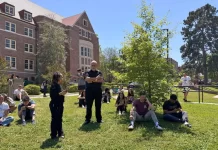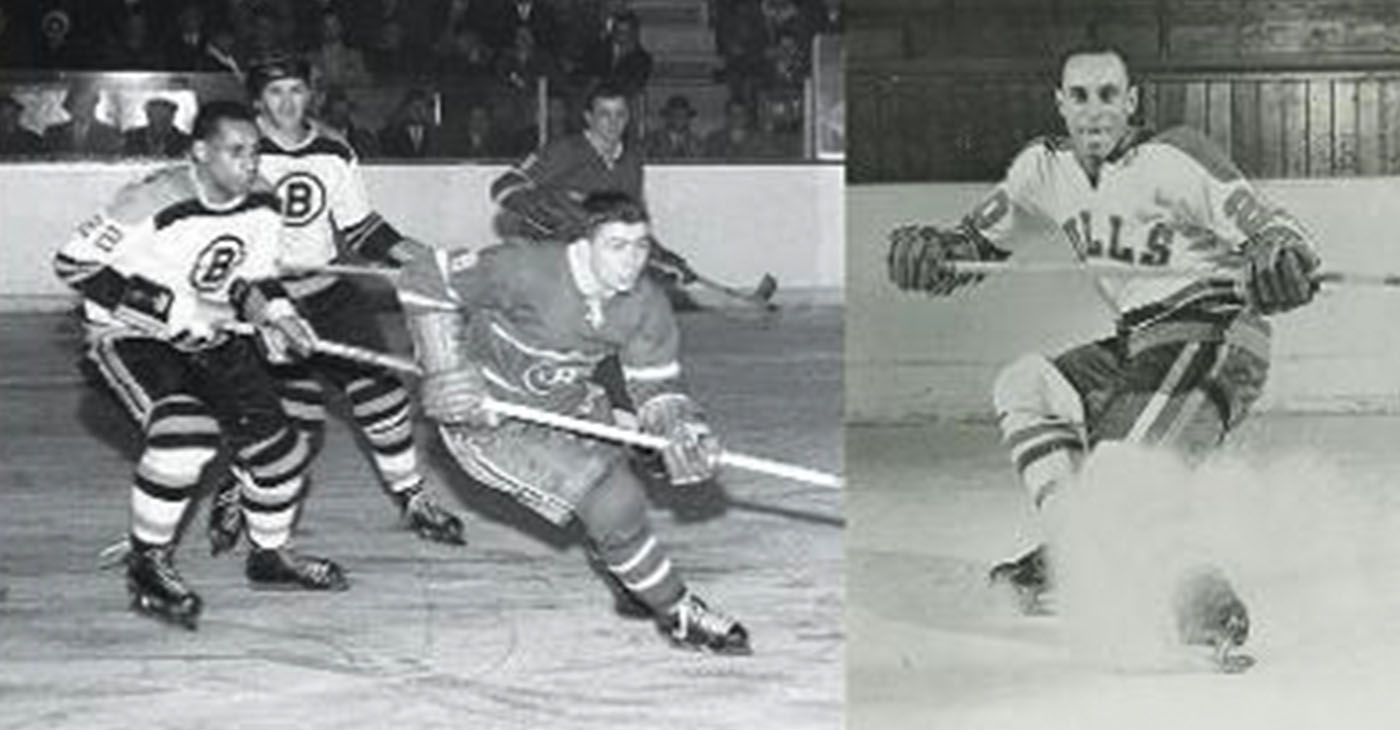By Tamara Shiloh
Historically, professional hockey has held fast to its tradition of lacking diversity among its players. But no Black on the ice did not hold Willie O’Ree back. He started playing hockey at age 3 and instantly had a passion for the game.
Born on October 15, 1935, in Frederickton, New Brunswick, Canada, O’Ree at the age of 14 years old, played with his brother Richard in organized hockey. Within a year, he was playing with the Frederickton Falcons in New Brunswick Amateur Hockey team.
O’Ree played in Canada with the Quebec Frontenacts in the 1954-55 Junior League and the Kitchener Canucks of Ontario during the 1955-56 season. It was during this season that he lost 95% of his vision in his right eye after being hit by a puck. He also suffered a broken nose and cheekbone. Knowing that the NHL bylaws would prevent him from playing with the eye injury, he kept it a secret.
After one year in Ontario, O’Ree returned to play in Québec and was eighth in team scoring with the Quebec Aces in the 1956–57 season with 22 goals and 12 assists for 34 points. He would play two more seasons with the Aces in 1957–58 and 1958–59.
As a result of the relationship between the Boston Bruins and the Quebec Aces, O’Ree was called to play with the Bruins making him the first African American to play in the National Hockey League.
That same night the Bruins beat the Montreal Canadiens 3–0, so there was no fanfare in the fact that O’Ree was the first Black player to play in the NHL. Neither The Boston Globe nor The New York Times wrote anything about the historical event.
O’Ree would only play two games for the Bruins in the 1957–58 season. He returned to the team in the 1960–61 season and scored four goals and 10 assists for 14 points in 43 regular-season games. On Jan. 1, 1961, O’Ree also became the first Black player to score a goal in the NHL, in a 3–2 win over the Canadiens.
Racism continued to show its ugly head on and off the ice. On the ice there were always fans throwing things at him and players would make racial remarks and he would suffer body abuse.
However, during one game he returned the favor and broke his stick over a player’s head. During an interview, O’Ree shared that he was treated worse in the United States than in Canada.
He retired in 1979 at age 43. He has spent the past two decades as the NHL’s diversity ambassador, working to expand the sport.
O’Ree has received many accolades since his retirement. In 1998, he became the NHL’s director of Youth Development and an ambassador for the NHL Diversity program. He traveled throughout the United States promoting hockey programs, with a focus on serving economically disadvantaged children.
In 2003, he was named the Lester Patrick trophy winner for his outstanding service to hockey in the United States. O’Ree received the Order of Canada in 2010 for his outstanding service to youth development and promoting hockey within North America.
He also received the Order of New Brunswick (2005) and was named an honored member of the New Brunswick Sports Hall of Fame, where he was inducted in 1984. In 2018, he was inducted into the Hockey Hall of Fame.
In 2021, as a celebration of Black History Month, all NHL players wore a commemorative helmet decal honoring O’Ree from January 16 to February 28.
In 2022, U.S. President Joe Biden signed the Willie O’Ree Congressional Gold Medal Act. The bill awarded O’Ree a Congressional Gold Medal, the U.S. Congress’ highest honor, for his contributions to “hockey, inclusion and recreational opportunity.”
O’Ree is the first player in NHL history to receive the honor.
The post Willie O’Ree, 1st Black Player in NHL, is a Real Ice Man first appeared on Post News Group. This article originally appeared in Post News Group.
The post Willie O’Ree, 1st Black Player in NHL, is a Real Ice Man first appeared on BlackPressUSA.

















